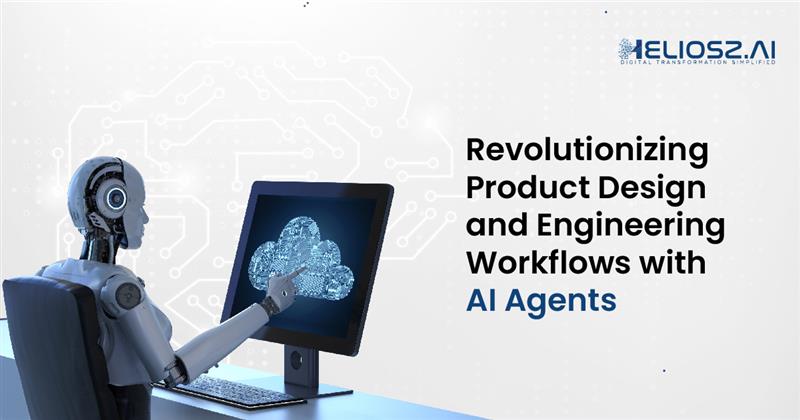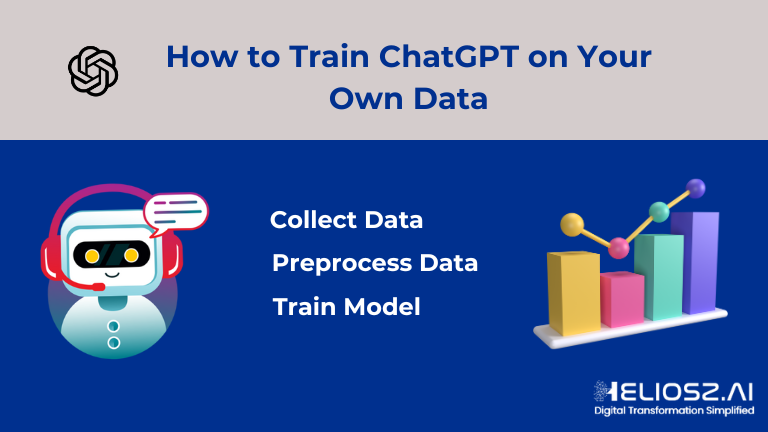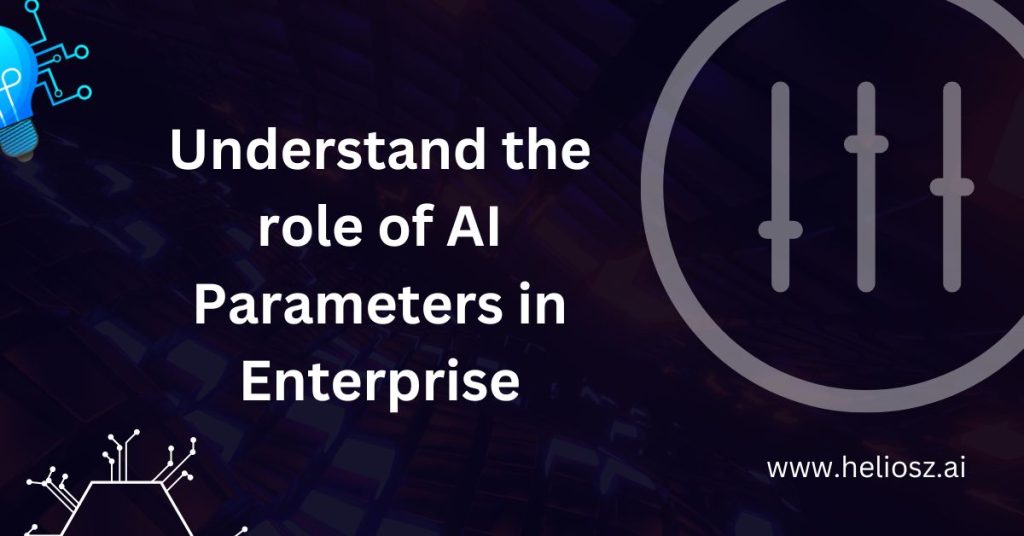
The product development world is being totally transformed. Businesses are looking to artificial intelligence (AI) agents to automate, optimize, and revolutionize product design, engineering, and manufacturing in response to calls for mass customization, accelerated innovation, and sustainability. Besides assisting human engineers, these agents, driven by machine learning, natural language processing, and advanced simulation, are working alongside them to develop product development cycles that are smarter, faster, and more responsive.
As businesses embark on digital transformation strategies, AI agents are becoming part of the mainstream engineering processes, redefining the process from ideation and simulation to documentation and integration into manufacturing. This informative article looks at the effect of AI agents on engineering and product design and how businesses are driving the evolution of the next level of smart design systems.
What Are AI Agents?
AI agents are sophisticated software entities with the ability to make decisions independently. As opposed to static automation scripts, AI agents sense environments, interpret data, learn from feedback, and make well-informed actions to accomplish specified objectives. In engineering and design, AI agents may interpret CAD models, create design options, drive simulations, forecast failures, and even handle compliance documentation.
The main characteristics of AI agents in engineering are:
- Autonomy: Execute tasks autonomously.
- Context-awareness: Know the design context and adapt behavior in response.
- Learning ability: Improves constantly from new data and feedback loops.
- Multimodal processing: Understand text, numerical data, 3D geometry, and sensor input.
AI agents are integrated throughout the whole product lifecycle and hence are essential facilitators for agile product development, cost-effectiveness, and design creativity.
The Role of AI Agents in Product Design
a) Generative Design and Concept Exploration
One of the most influential things that AI agents can bring to product design is their capability to carry out generative design. Rather than iterating by hand on a thought, engineers can specify important goals and restrictions, such as material type, weight restrictions, performance criteria, and cost targets, and the AI agent produces a broad set of design options that satisfy those requirements. These agents search multidimensional design spaces that would be prohibitively expensive for an individual human to explore, frequently finding new geometries and structural advantages. The outcome is not only reduced design cycles, but also more imaginative and highly optimized products ready for contemporary manufacturing methods such as CNC machining or 3D printing.
b) Data-Driven Design Decisions
AI agents also help make data-driven product design possible. By analyzing customer feedback, market trends, usage patterns, and historical performance data, these agents allow designers to identify patterns and insights that could otherwise remain invisible. Designers can use this intelligence to establish feature priorities, forecast user needs, and avoid design failures in the early stages of development. Whether it is ergonomics optimization for a wearable device or choosing a desired material based on past rates of defects, AI agents base design decisions on observed evidence from the real world. What comes out are products that do not just perform better but are also closer to what customers anticipate and desire.
c) Personalization and Customization
In an age when consumers demand products designed to their own unique needs or preferences, AI agents turn mass customization into a scalable possibility. These systems can adapt product design automatically based on input from individual users, biometric information, or even ambient conditions. For instance, in the medical field, AI agents can create personalized orthotic devices that precisely match a patient’s anatomy. In consumer electronics, they can tailor the configuration or layout of devices to individual groups of users. Such a degree of design flexibility was previously extremely complicated and costly, but AI agents render it possible, effective, and more and more anticipated by end-users.
d) Intelligent CAD Assistance
Integrated within contemporary CAD environments, AI agents act as smart design assistants that assist in automating routine operations and providing proactive suggestions while modeling. They can identify clashes, impose design rules, recommend standard components, and check geometry in real time. This greatly minimizes human mistakes, maintains best-practice compliance, and increases the speed of modeling. By offering contextual suggestions from previous projects, standards, or comparable elements, these agents behave similarly to experienced colleagues who are directly integrated into the design software, enabling engineers to spend more time on high-value activities like innovation, refinement, and problem-solving.
e) Sustainable Product Design
Sustainability is soon becoming one of the cornerstones of product design, and AI agents are proving to be a worthwhile ally in this pursuit. They help teams make environmentally friendly design choices based on material footprints, energy consumption, recyclability, and lifecycle impact. Through AI help, designers can make sustainability, cost, and performance trade-offs, so that the green product neither compromises on quality nor functionality. These agents can also conform to environmental legislations and establish design modifications that minimize carbon emissions or material wastage, creating cleaner and more responsible manufacturing processes.
f) Human-AI Collaboration
The ability to support a new paradigm of human-AI collaboration is likely the most significant way in which AI agents assist in product design. Rather than replacing designers, AI agents support them by performing painstaking tasks that take up time and making educated recommendations that aid in testing and developing ideas. This enables human designers to focus their time on high-level thinking, creative problem-solving, and user experience. Better results are obtained through the combination of human imagination and machine accuracy: quicker development cycles, fewer bugs, and more innovative, user-focused products. AI agents will more and more be imaginative collaborators in product design as they evolve.
AI Agents in Engineering Workflows
a) Smart CAD and CAM Integration
AI agents integrated into CAD and CAM software are revolutionizing the way engineers interact with manufacturing and design tools. These agents aid in real-time by detecting inconsistencies in the design, recommending standard parts, and automating geometry generation according to rules or past design history. In CAM, AI agents optimize tool paths, minimize material usage, and enhance machine efficiency by learning from past machining operations. Consequently, machinists and engineers can save considerable time on manual programming and setup, while enhancing the manufacturability and quality of parts right from the start.
b) Automated Simulation and Digital Twins
AI agents are also transforming simulation workflows by automating the setup, execution, and analysis of virtual tests. They can assist in selecting physics models, meshing, and boundary conditions based on historical data and objectives. AI agents are contributing significantly toward constructing and maintaining digital twins—virtual copies of physical systems that change in real time with sensor and IoT device data. Through ongoing learning from operational feedback, AI agents can forecast failures, suggest maintenance, and optimize system performance during the lifetime of a product.
c) Cross-Disciplinary Collaboration and Systems Engineering
Contemporary engineering projects tend to be interdisciplinary, involving mechanical, electrical, software, and systems engineering. AI agents facilitate bridging gaps between these groups by reconciling requirements, recognizing interdependencies, and ensuring consistency among models and documents. For instance, they can automatically recognize conflicts between electrical routing and mechanical enclosures or verify that software specifications are compatible with hardware constraints. This facilitates collaboration, minimizes integration errors, and guarantees that intricate systems are developed cohesively and effectively.
d) Predictive Maintenance and Reliability Engineering
In manufacturing and industrial applications, AI agents use machine learning procedures, sensor readings, and past experiences to predict when equipment or systems will fail. This allows for maintenance beforehand, avoiding downtime and improving the life of the equipment. AI agents can also analyze product usage patterns and performance trends to offer useful feedback on design, allowing for continuous improvement through real operating experience.
Business Benefits of AI Agents in Product Design and Engineering
Embracing AI agents in product design and engineering workflows captures substantial business value, enabling businesses to innovate quickly, save money, and remain competitive. The following are the main business advantages that AI agents provide for contemporary product development environments:
a) Faster Time to Market
AI agents optimize design iterations, automate mundane tasks, and speed up simulation processes, allowing businesses to get products to market faster and react to customers’ needs with more flexibility.
b) Cost Reduction
Through reduced manual effort, decreased design flaws, and streamlined manufacturing processes, AI agents make sophisticated development possible at a lower cost, while lowering operational costs, to yield quantifiable ROI throughout the entire product life cycle.
c) Increased Innovation
AI agents liberate human teams from low-value creative tasks by performing complex computation and design optimization. This enhances innovation and enables greater differentiation, high-performance products.
d) Better Product Quality
AI agents assist in guaranteeing higher-quality goods with lower defect rates through automated testing, real-time feedback, and predictive analytics, lowering warranty claims and raising customer satisfaction.
e) Scalability and Personalization
AI agents facilitate mass customization through dynamic design changes based on individual requirements or markets, enabling enterprises to scale up operations while providing personalized goods cost-effectively.
f) Wiser Decision Making
With access to real-time data and predictive insights, AI agents enable quicker, better-informed decisions, providing companies with a competitive advantage in fast-paced markets.
Developing AI Agents with Heliosz.AI
Heliosz.AI is a top AI agent development firm that enables companies to revolutionize their product engineering and design processes with smart, purpose-built agents. By blending in-depth AI expertise with domain-specific engineering experience, Heliosz.AI creates tailored agents that automate procedures, examine intricate data, and integrate easily with current CAD, PLM, and simulation technology.
Conclusion
In summary, AI agents are remodeling the product engineering and design of the future with accelerated cycles, informed choices, and bolder solutions. Whether automating laborious processes or optimizing cooperation and individuality, these smarter machines are ineluctable as indispensable helpers of today’s engineering teams.
As companies aim to remain competitive in a fast-changing environment, collaborating with skilled developers such as Heliosz.AI guarantees that AI agents are not merely potent, but customized, scalable, and strategically relevant to organizational objectives. The intelligent future of design and engineering is being constructed today


